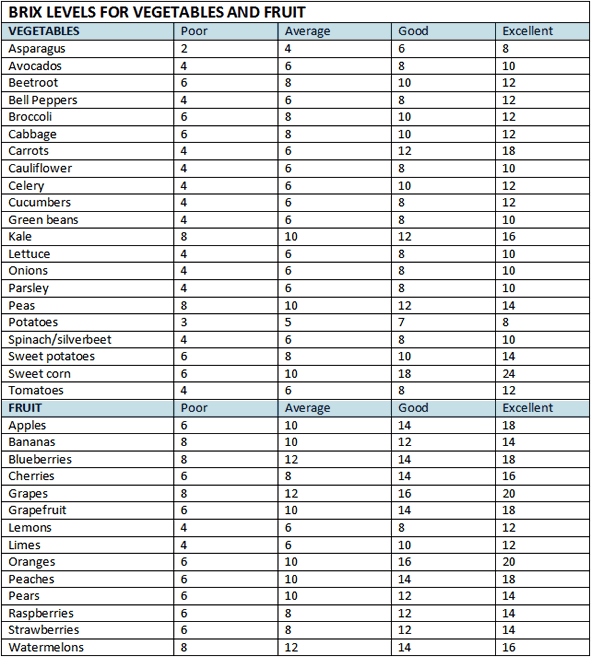The success of your vege garden depends almost entirely on the quality of your soil. Veges and fruit can only be nutritious if the soil they grow in has nutrients in it.
If you’re starting from a bare piece of land, the first thing to do is to mark out the garden space. Then ideally you would put a continuous border around it to contain it, and then you weed it. We recommend weeding with a fork rather than a spade. A fork is less likely to disturb the soil structure that the earthworms have created, and doesn’t chop up the earthworms either. Contrary to popular belief, if you chop an earthworm it usually dies.
The best time to till the earth is spring, when the soil has dried out a little. Rob uses a broad fork which is easier on your body and effective at aerating soil.
Once the weeds have been cleared Rob adds a generous layer of compost on top. He doesn’t dig it in because it’s best for the earthworms to have to come to the top of the soil and drag it down. Compost feeds the bacteria and fungi in the soil, and also acts as a mulch, keeping soil moist in the summer months.
Rob plants directly into the compost and says vegetables love it.
If you’re making a raised garden bed, you should fill it with a Garden Mix. While you don’t have to use an organic Garden Mix, it is definitely better. Non-organic mixes do have petrochemical additives and often beneficial fungi and bacteria are killed off. By employing organic practices (adding home-made compost and sheep pellets, for example) however you will eventually create an organic soil.
Garden Mixes have 3 components: compost (for nutrients), pumice (for drainage) and top soil (to hold it all together). Top soil on its own doesn’t work in a raised bed because it compacts too easily, and you don’t always know where the top soil has come from eg it could have come from a contaminated site. Also check for the amount of bark in a Garden Mix – 20-30% is fine. If there’s more bark than this in a Garden Mix it can leach tannin, and rob nitrogen out of the soil so plants suffer.
You can tell a good Garden Mix by holding it in your hand. It should be spongy to the touch, and if you squeeze it, it should form into a ball. If your Garden Mix is not like this, you can correct it by adding a good compost.
A great way to check the health of your soil is to check the health of your plants. You can do this by using a Refractometer which measures the Brix level (or level of sugar, minerals, proteins and vitamins in the plant’s juices) of your plants. You put a portion of the plant into a garlic crusher and put the crushed material onto the plate of the Refractometer, close it and put it up to the light to take the reading. Every plant has a different range…

The higher the Brix level, the more complex the sugar level, and the healthier the plant is for we human beings. Interestingly, the healthier the plant, the less likely insects will attack the plant. Insects like simple sugars, which are present in less healthy plants. Simple sugars are not as good for humans as complex sugars are.
Lastly, every time you take one crop out, always put something back in before planting again. Compost improves the soil structure and nutrient value. Additives like sheep pellets and blood and bone add nutrients.
Production: Ollie Logan, Vince McMillan and James Watson
Website designed by www.thecornerstorecollective.com
Developed by Richard Hpa